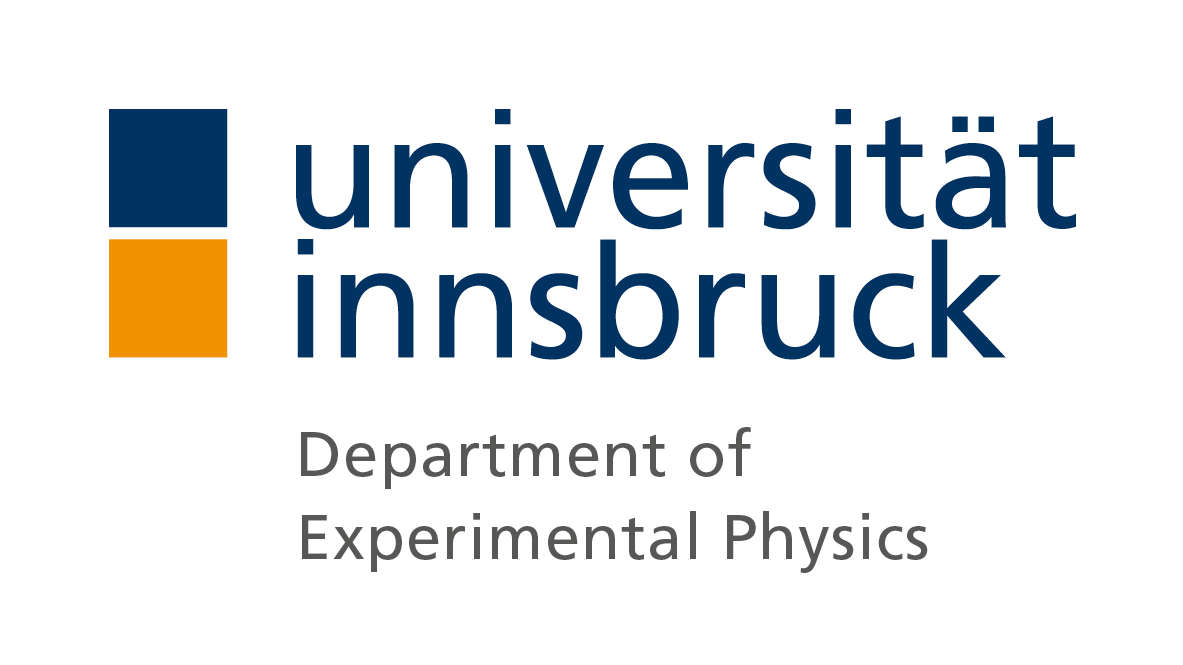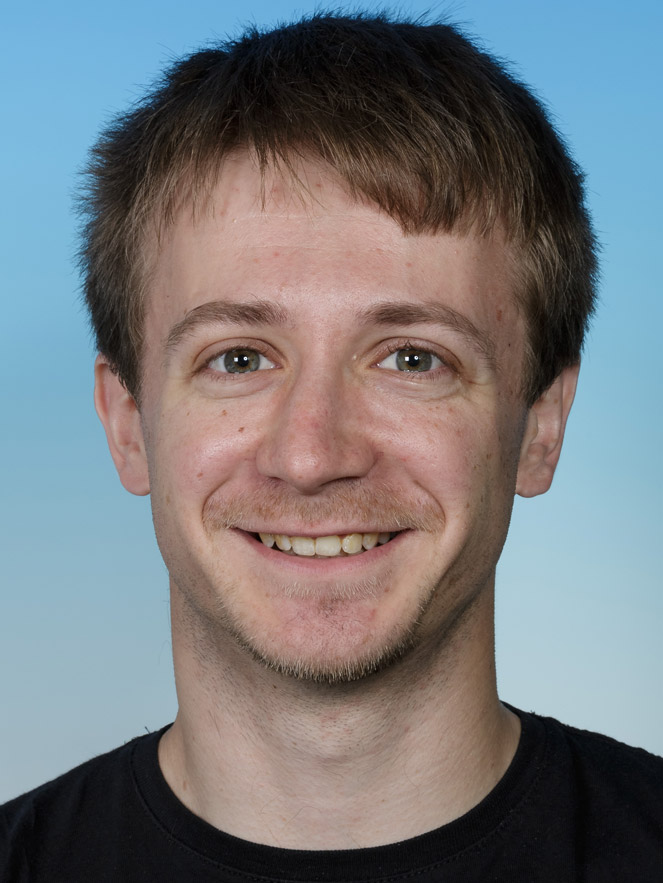
- Details
Viktor has recently joined our group. He got his masters and PhD degrees from the Department of Physics of the Lomonosov Moscow State University in Russia. His research was focussed on the application of nonlinear optics for studying nanostructures. After finishing his thesis, titled "Magnetization-induced effects in optical and nonlinear-optical response of metallic nanoparticles", he has now joined the PhiNet-team to work on quantum interfaces and frequency conversion.
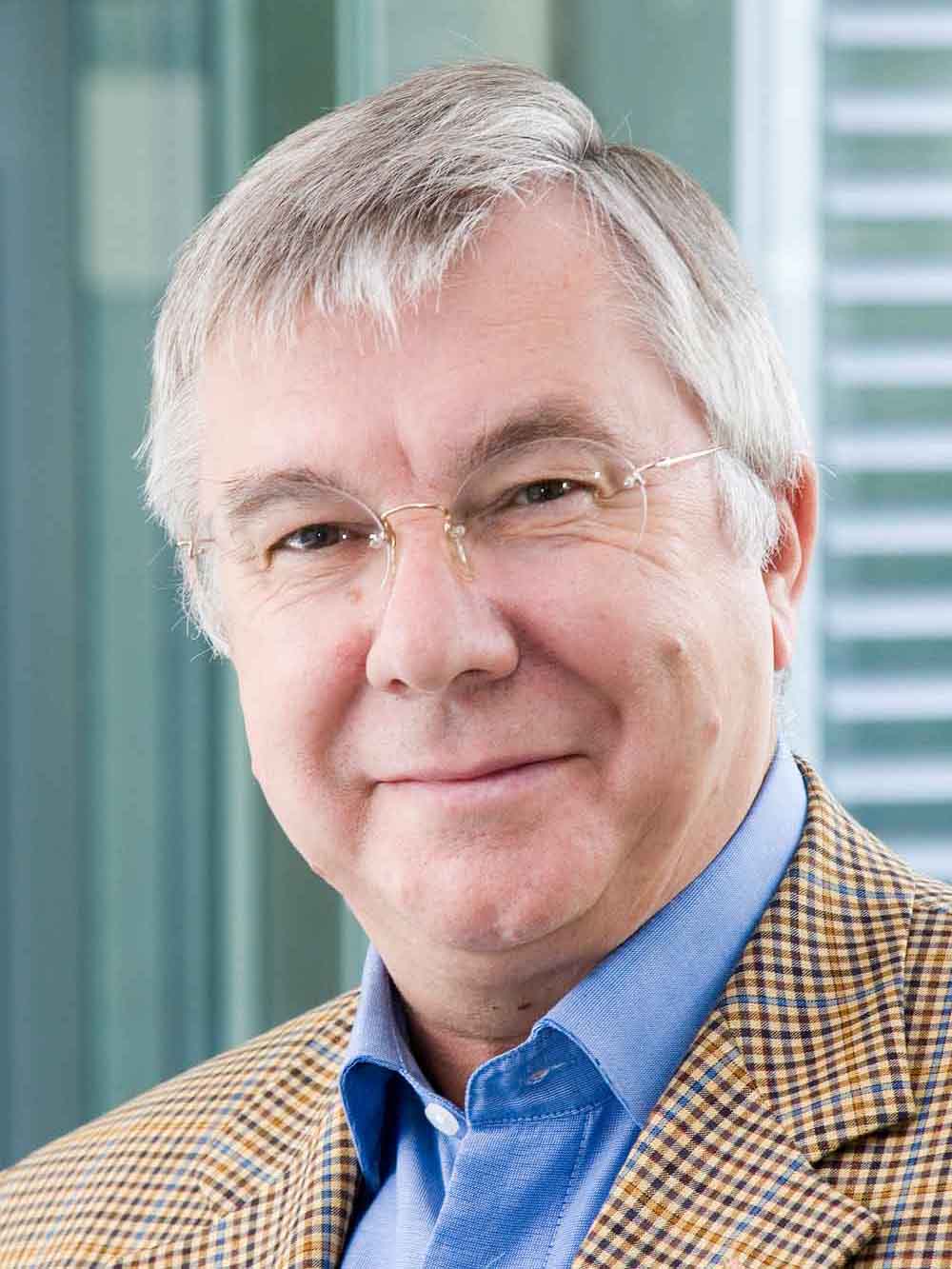
- Details
Last week Rainer Blatt received in Singapore the Quantum Communication Award 2016 for his pioneering experiments on quantum information processing with trapped ions and photons. Artur Ekert from the National University of Singapore was the second awardee of this prize. Congratulations Rainer!
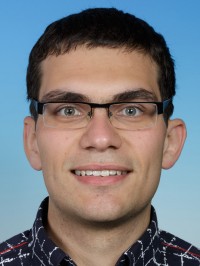
- Details
Vojtěch has recently completed his master’s program in optics and optoelectronics at the Department of Optics, Faculty of Science, Palacký University in Olomouc, Czech Republic. During his master’s work he studied the application of liquid crystal modules to perform rapidly reconfigurable polarisation measurements of light. In Innsbruck, Vojtěch has joined the PhiNet team as a PhD student and will be working on techniques to integrate trapped ions into quantum networks.
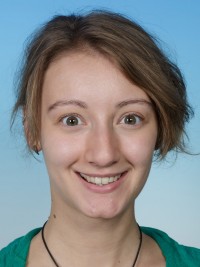
- Details
Tiffany has just completed her master's at the University of Oxford. She was working with Ian Walmsley and Stefanie Barz on entangling photons in their polarization degree of freedom using integrated photonic technology. Such fused silica chips with written waveguides were used to implement non-deterministic controlled-phase gates of two photons. In Innsbruck, Tiffany will work together with the Quantum Information and Quantum Simulations team.
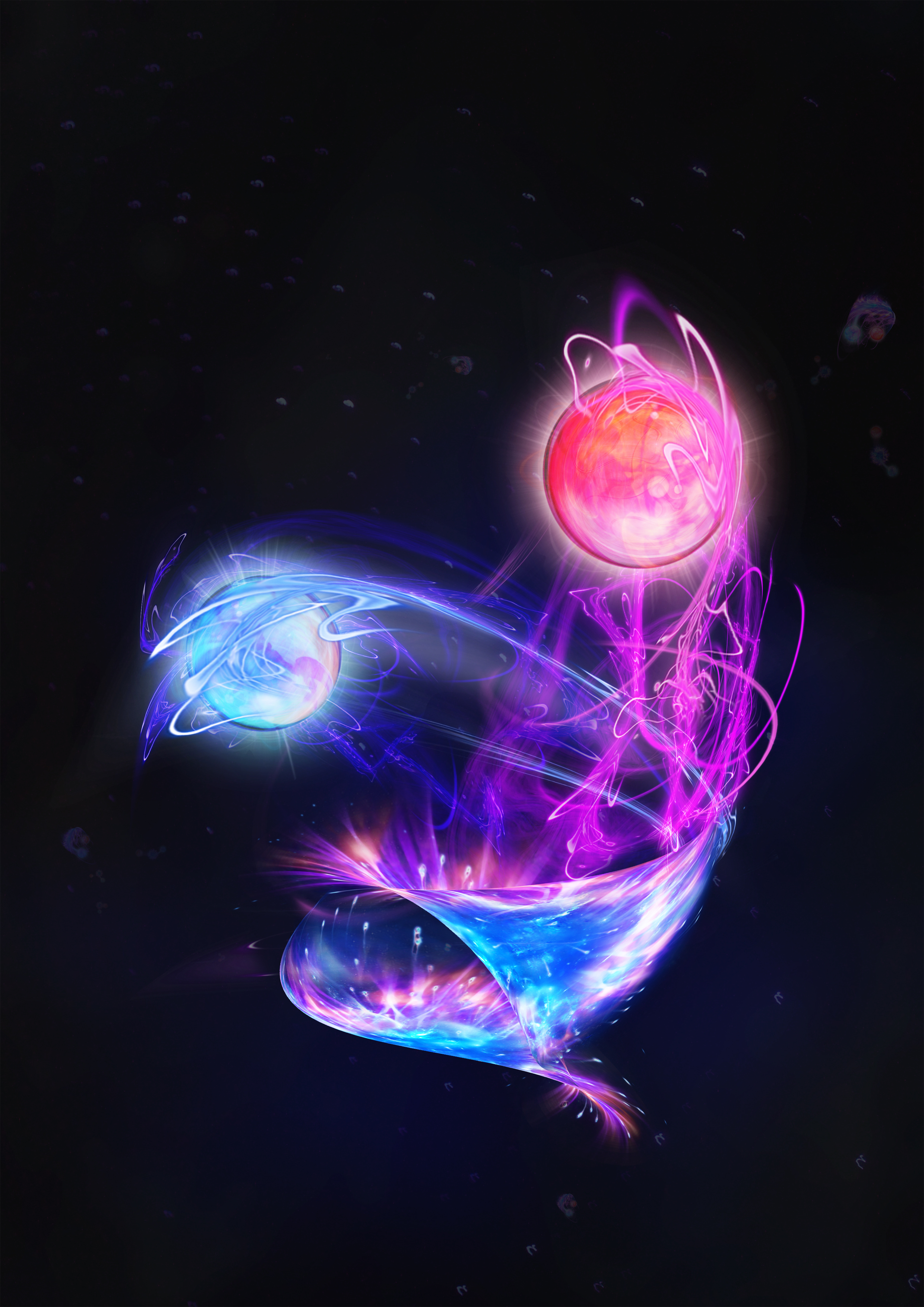
- Details
Physicists in Innsbruck have realized the first quantum simulation of lattice gauge theories, building a bridge between high-energy theory and atomic physics. In the journal Nature, Rainer Blatt's and Peter Zoller's research teams describe how they simulated the creation of elementary particle pairs out of the vacuum by using a quantum computer.
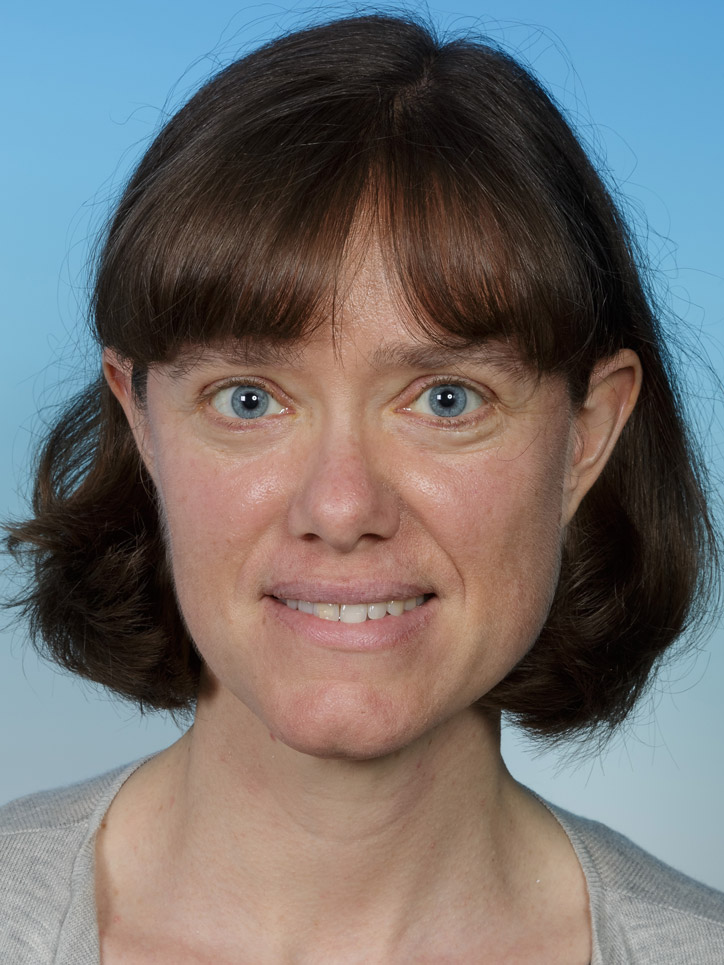
- Details
Tracy is one of the recipients of the 2016 START-Preis, the highest Austrian award for young scientists. Congratulations!
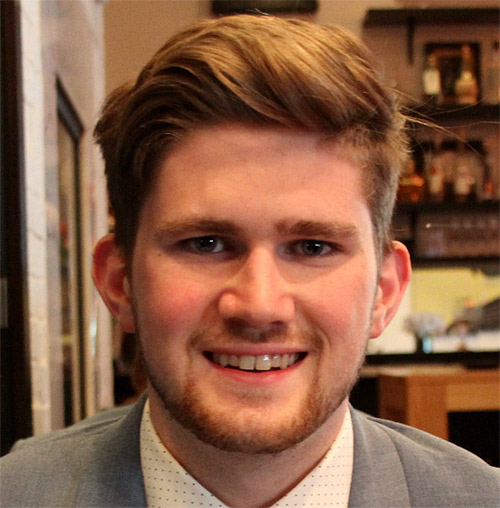
- Details
Tyler is a visiting student from the University of British Columbia in the program Cognitive Systems: Computer Science and Design. He will stay in our group for seven months and work on the new experiment control software TrICS as a software developer.
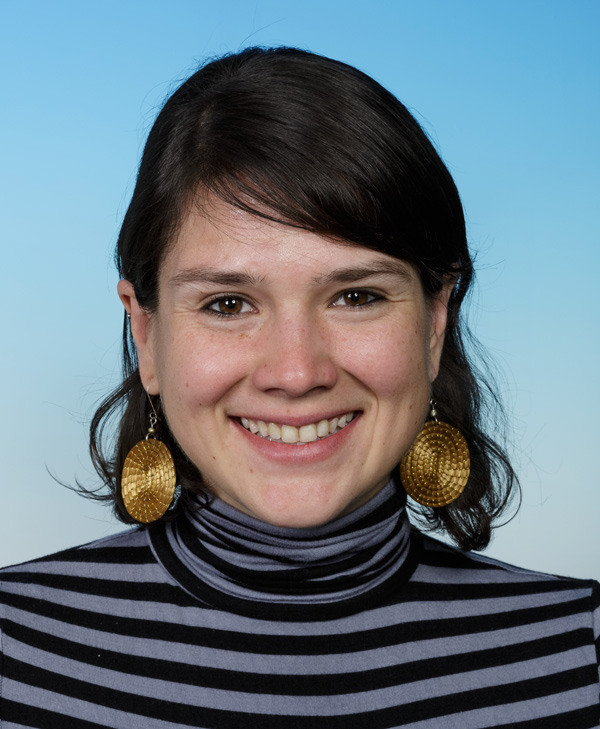
- Details
Welcome! Milena Guevara-Bertsch has joined the group as a PhD student. Milena got her master's degree at the University of Costa Rica. During her thesis, she designed and built a Zeeman slower for applications of optical lattices in solid state physics.
Here in Innsbruck, she will work in the Precision project with optical clocks based on trapped aluminium ions.
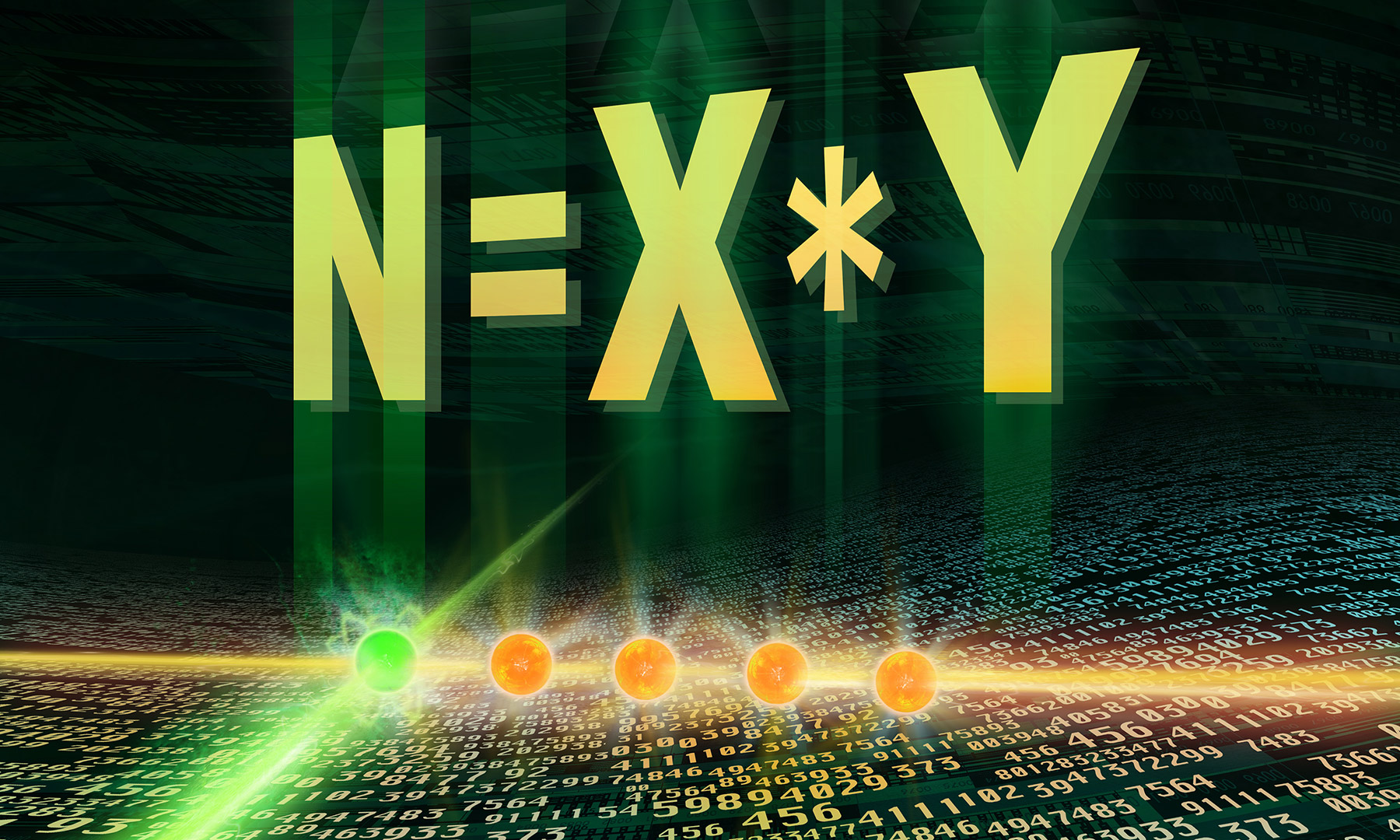
- Details
Shor’s algorithm is likely the most famous quantum algorithm. It solves a centuries-old problem, namely the factoring of numbers into primes. Physicists led by Rainer Blatt joined forces with scientists at MIT, led by Isaac Chuang, to efficiently implement Shor’s algorithm in an ion-trap based quantum computer. Here their approach can be directly applied to larger numbers.
